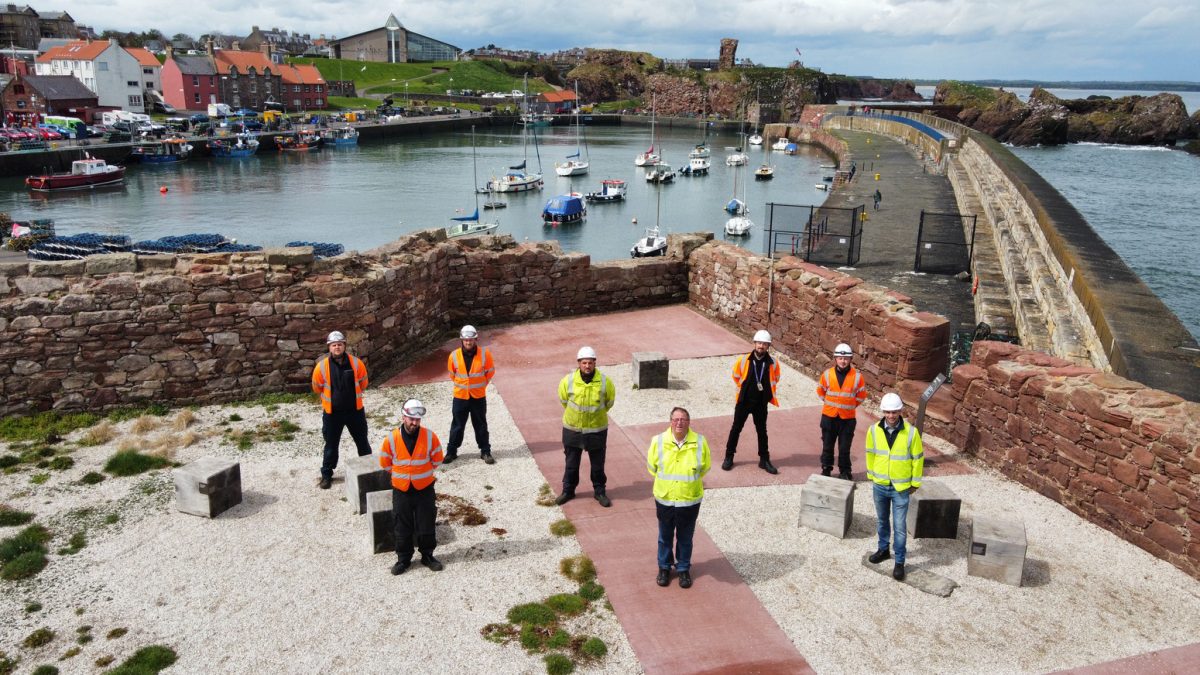With the number of new homes being built in Scotland still way below pre-recession levels, efforts to resolve Scotland’s housing crisis face a critical juncture, particularly in the context of the current Planning Bill going through Parliament and a land reform debate gaining momentum.
Whatever the outcomes of these, it is clear to me that collaboration is key to finding new solutions to efficiently deliver significantly more homes.
There are already many excellent examples of collaboration between home builders and housing associations. One such partnership is that of Hart Builders/Cruden Group and Eildon Housing Association who are working together in partnership predominantly through the Scottish Procurement Alliance and delivering around 400 new homes over nine sites in the Scottish Borders.
Gill Henry, of Hart Builders/Cruden Group, says that working together from project inception has maximised efficiencies in process and in the design of new build affordable homes but equally importantly is supporting a wide range of community benefits, and focusing the benefits which flow from investing more than £40m.
Outcomes to be proud of include the creation of a jointly funded community benefit officer post, early and monthly engagement with statutory consultees on a programme wide basis to level load workloads for all stakeholders, and the use of type approval for standard house types on larger sites to make the pre-construction programmes as efficient as possible.
Such positive stories reinforce the importance of both home builder and housing associations building greater understanding of each other’s approach to what is actually a shared objective. Of course, there is always the potential for cultures to collide whenever traditionally distinct operations come together.
But misgivings can disappear as partners get to know each other and begin to better understand respective drivers. As Colin Connell, of Persimmon Partnerships, points out, repeat business with housing associations from local authority frameworks has led to collaboration that they are proud of, resulting in the successful delivery of a high number of new housing developments.
Persimmon, like other builders, provides much land for affordable homes through Section 75 agreements, an essential factor in the affordable housing development process given that very few housing associations have land pipelines of their own or the ability to compete in the market for high value land.
This highlights that, whilst the task of building 50,000 “affordable” homes remains the only measurable housing target in Scotland, the real challenge lies in increasing the delivery of all home types given the direct delivery relationship as set out by Scottish Planning Policy.
In addition to the private sector delivering land through section 75 agreements, some builders are investing in land for the specific purpose of developing affordable homes. In this model a housing association partner will be sought to purchase the completed units which will have been planned to meet the needs of the Strategic Housing Investment Plan for the area with a building specification prescribed by the housing association.
The home builder in this instance would take on the land, planning and development risks. As Sandra Lindsay, of Springfield Properties, explains, a further advantage of this approach is that it utilises all the skill strengths of the home builder which against a background of stretched resources can be particularly efficient and beneficial for housing association partners.
Clearly, however, the success of collaboration in delivering more homes goes far beyond public and private sector relationships. It is contingent upon a fit-for-purpose planning regime, the provision of the right infrastructure and the alignment of utilities, among a myriad of other things.
Karen Campbell is director of policy and operations for Homes for Scotland.




